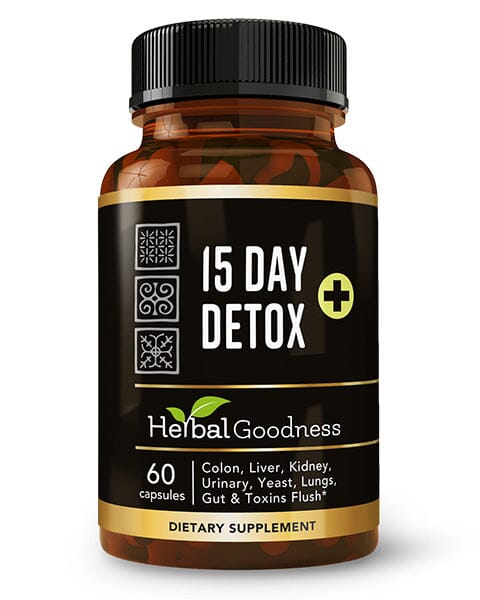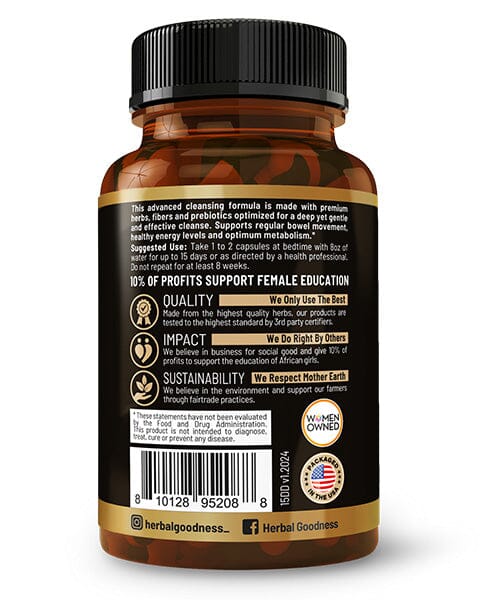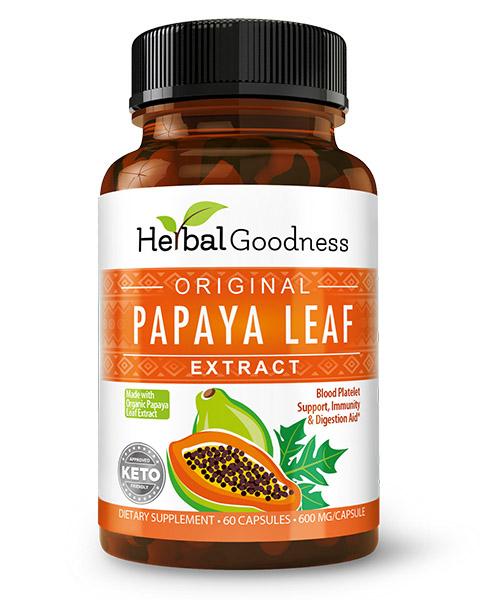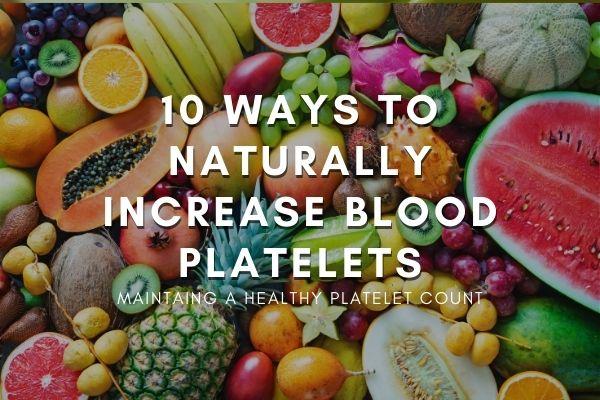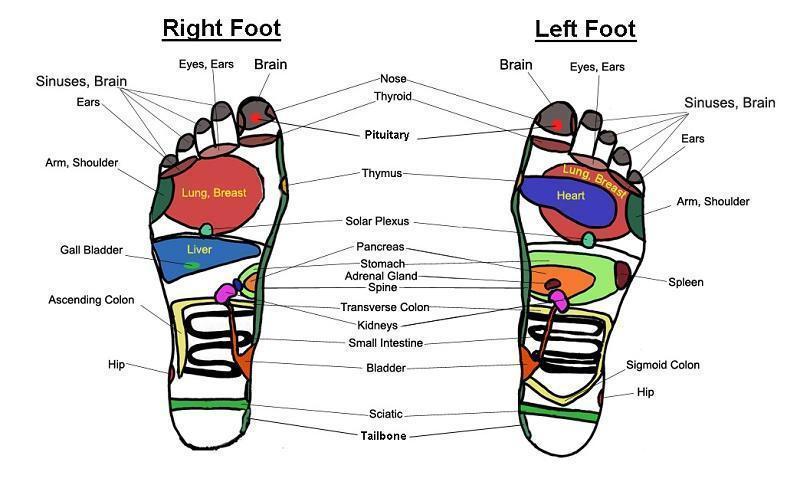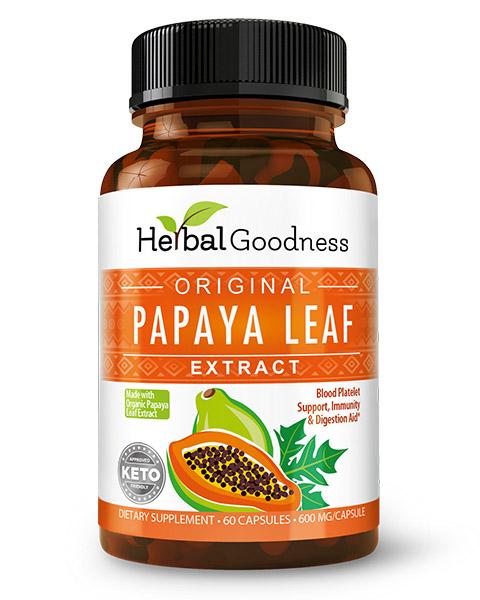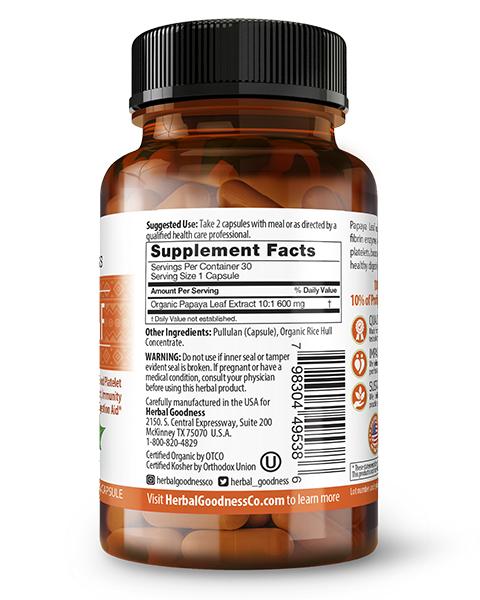Boost Your Low Blood Platelets Naturally - Foods to Avoid | Herbal Goodness
Blood platelets are aptly-named, small blood cell fragments shaped like plates. They are basically our bloodstream’s roving, first responders to emergencies. Their primary function is clotting to seal off any bleeding ruptures via “Virchow's triad,” hemostatic, coagulation cascade. They do so by shapeshifting into "sticky rice" balls clumping together within fibrin fishnets at wound sites. Additionally however, they also serve in our immune system by patrolling pathogenic invaders to help fight infections.
Now, platelets are produced in our bone marrow by megakaryocytes and normally number between approximately 150,000-350,000 per microliter (mcL) of blood. Healthy blood flow requires an optimum amount of platelets within this range that become sticky and coagulative only when needed.
But, if there are too many platelets (over 450,000/mcL) and/or that are too sticky, this effectively thickens the blood, much like ketchup. Clinically, this is known as thrombocytosis and increases the risk of heart attacks, unwanted clots, and stroke. (Thrombocyte is medicalese for platelet.)
Now conversely, if we have too few thrombocytes (under 130,000/mcL), this then thins the blood too much. This opposing condition is known as thrombocytopenia and can lead to excess bleeding and bruising. Acutely in children, this may typically follow viral infection (or possibly vaccines), as platelet ranks temporarily get depleted fighting pathogens. But in adults, it is more often chronic and ultimately idiopathic (of indeterminate cause).
Albeit, we do at least know that many of these long-term cases are autoimmune-related, due to antibodies becoming autoantibodies. When this happens, such autoantibodies mistake platelets as foreign and proceed to destroy both them and inhibit their production by megakaryocytes. Thus, this condition has been (re)designated immune thrombocytopenic purpura (ITP). (Purpura refers to the symptomatic, purplish bruising due to bleeding under the skin.)
Consequently, treatment protocols for ITP typically involve detoxing and reducing triggers in diet, lifestyle, environment, etc. to stop or mitigate this autoimmune reaction.
Foods To Avoid
Now, modifying one's diet is easily the first place to start when addressing ITP. As it is a very low-investment, low-risk strategy that nonetheless sometimes pays surprising dividends.
This is because certain foods or environmental toxins alone may severely decrease platelets or their activity through ingestion or exposure. Therefore, identifying and removing such offenders can often go a long way towards alleviating this condition or its symptoms.
A specialized ITP diet thus excludes any foods that decrease platelets, blood thinners that impair their activity, and also “cooling, damp” foods that bog down spleen/pancreas qi (life energy) from a deeper, traditional Chinese medicine (TCM) perspective.
But without further ado, here’s 5 of these common antiplatelet culprits for starters:
Aspartame – This artificial sweetener invented back in 1965 is now ubiquitous (as NutraSweet, Equal, etc.) in sodas and other junk food today. And, it has since been implicated in obesity, type 2 diabetes, metabolic dysfunction, inflammation, cancer, heart disease, stroke, and dementia. But as if that wasn’t enough, it also heads the blacklist of ingredients known to reduce platelet counts! So, just avoid this one at all costs!
Quinine – This herbal, tonic water bitter was originally used to fight malaria. However, it is now more commonly drank for taste alone or used as a drink mixer for cocktails, like the classic gin & tonic. But heavy consumption has also been known to induce ITP in individuals.
Alcohol – Speaking of drinks, a gin & tonic is a double-whammy for the ITP ban hammer. As both quinine AND alcohol can cause ITP! In the case of alcohol, this becomes known as ethanol-induced thrombocytopenia. Obviously, while alcohol’s blood thinning properties might be a saving grace in some cases, ITP is certainly not one of them!
Alliums – This class of pungent herbs includes garlic, onions, leeks, etc. Like alcohol, they are also well-known blood thinners. This is due to the concerted action of numerous anticoagulant phytonutrients including adenosine, allicin, and paraffinic polysulfides. Suffice it to say, you’ll have to leave these strong spices off your plates to maintain your remaining platelet activity.
Glyphosate – This synthetic herbicide is typically used to douse GMO wheat, sugar cane, soybeans, and other common crops before harvest to increase yields and dessicate them. Hence, it has been conjectured that trendy “gluten” sensitivity may actually be covert glyphosate sensitivity. And while its suspected side effects (obesity, autism, Alzheimer's disease, Parkinson's disease, infertility, depression, cancer, etc.) are still slowly being catalogued, some ITP sufferers have also anecdotally noticed casual links between it and platelet crashes. Granted, the hard research is still out on this. But either way, that’s already more than a few questionable reasons to play it safe and dodge this hidden toxin!
Foods To Add
Now on the other hand, there are also foods that can work to boost platelet counts. First and foremost, papaya (pawpaw) is proven to have a therapeutic effect in significantly increasing platelet counts. And while just the fruit itself exhibits such action, Carica papaya leaves juice (CPLJ) are what is typically used medicinally for this purpose. Simply 2 tablespoons of fresh juice or prepared extracts (CPLE) daily may do the trick here!
And numerous other nutritious foods that also amp up increasing platelets include pomegranate, pumpkin, carrots, sweet potatoes, oranges, raisins, beans, wheatgrass, spinach, Swiss chard, kale, lettuce, parsley, asparagus, broccoli, cauliflower, seaweed, moringa, guduchi (Tinospora cordifolia), olives, eggs, and dairy.
Granted, all these menu lists are ultimately endless and can’t be completely condensed and neatly summarized. But, the gist here is simply to subtract foods or substances that reduce platelets or functional activity, while adding those that increase them. And per TCM, one should also concurrently be selecting warming, motivational, sweet, pungent, and bitter foods to help heal the actual spleen and pancreas themselves.
So, there you have it, folks. By adopting these dietary principles, one can already start building an effective case towards effectively boosting platelets naturally without steroids, blood transfusions, or much less a surgical splenectomy!


